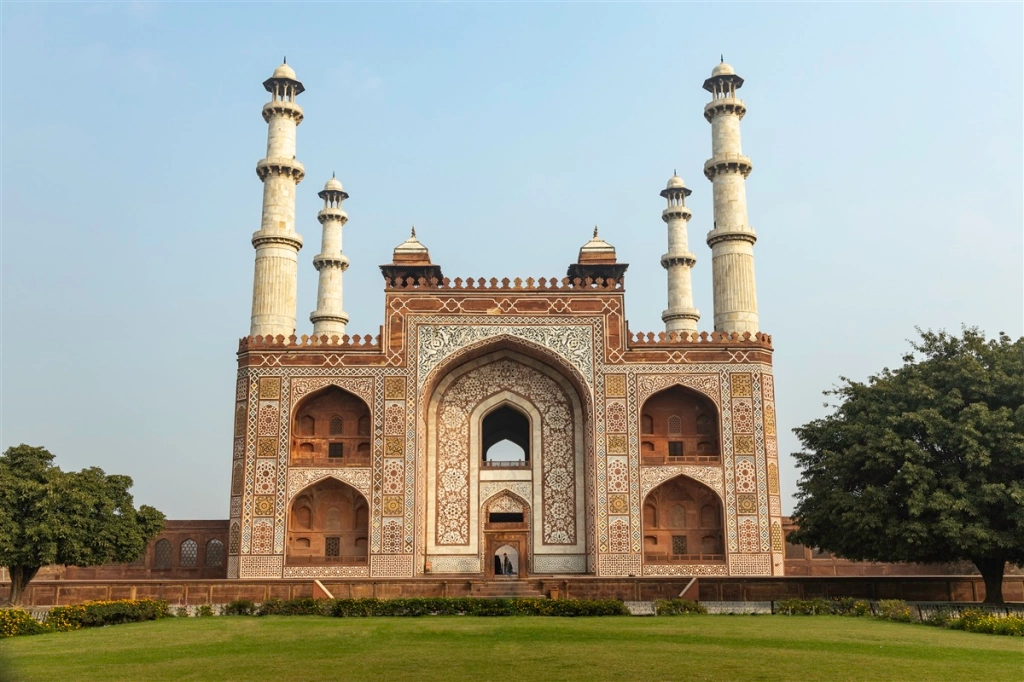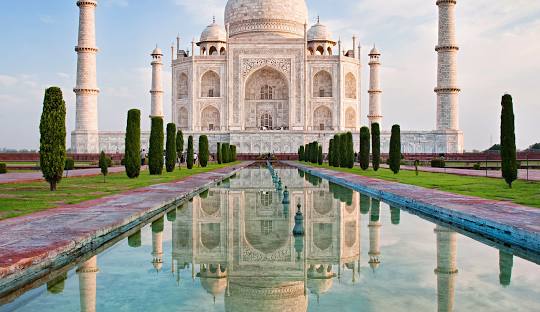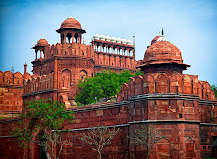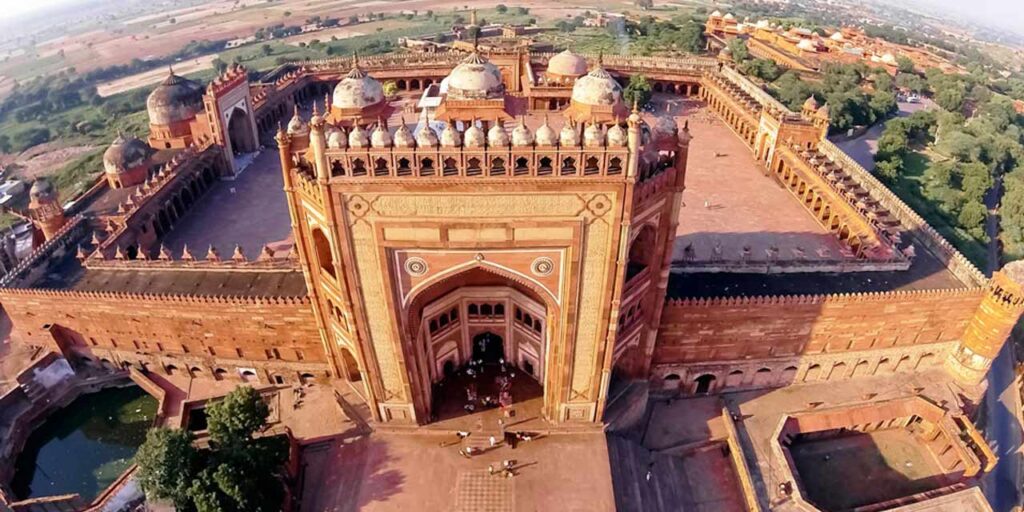Agra Sight Seeing
Agra is an ancient site, that has been mentioned in literature and inscriptions going back to prehistoric times. Cave paintings in the area suggest that humans inhabited this area before formal settlements were established. The region is referred to as Arya Griha, home of the Aryans, in ancient literature and as Agravana, border of the forest, in the epic Mahabharata. Ancient Greco-Roman scholar Ptolemy first mentioned the name Agra in the 2nd century AD in his book Geographia.
12th century AD Persian poet Salman writes that the fort of Agra held by King Jaipal was besieged by Mahmud of Ghazni. Legend suggests that Badalgarh Fort of Raja Badal Singh stood at the location of the present Agra fort in the 15th century AD.
Modern Agra was established in the 16th century by Sikandar Lodi of the Lodi dynasty in the Delhi Sultanate. Babur stayed here briefly and built a Char Bagh garden and water palace. Agra reached the peak of its grand beauty during the Mughals. Akbar built the Agra Fort and Fatehpur Sikri, making the region his capital. Jehangir built more palaces and monuments inside Agra Fort and the city. Shah Jahan shifted his capital to Shahjahanabad near Delhi, but built the Taj Mahal in Agra. Aurangzeb moved the capital back to Agra.
After the death of Aurangzeb, Agra Fort was captured by the Marathas in the 16th century. Subsequently it was occupied by the Jats, and after the Second Anglo-Maratha War by the British. It became a part of the United Provinces of Agra and Oudh. It became an important center of administration and commerce, and the cantonment area was built. The Battle of Agra played a minor but decisive role in the First War of Indian Independence in 1857. It lost its significance under the British rule.
Post-independence, Agra emerged as an industrial city. With the Taj Mahal, Agra Fort and Fatehpur Sikri being recognized as UNESCO World Heritage sites, Agra transformed into a popular international tourist destination, and the history and legends of its peak during the 16th and 17th centuries continue to echo in its monuments and its marketplaces.
1. AKBAR TOMB SIKANDRA
Akbar’s Tomb in Agra is an important architectural masterpiece of the Mughal era. It’s the final resting place of the emperor. Akbar selected this site for his tomb and oversaw the construction himself until his death.
A majestic gateway welcomes you to explore the impressive tomb. It’s a five-storey structure built entirely out of red sandstone and white marble. And unlike many other Mughal tombs that face Mecca, Akbar’s Tomb Agra is toward the rising sun.

2. TAJ MAHAL
The city of Agra is mostly visited for the beautiful Taj Mahal, but there are many more grand monuments worth seeing when you travel to this historic city. Agra was ruled by Mughal dynasty for a long period of time and under its reign Agra has been endowed with many fine buildings and monuments. Monuments in Agra will leave you awestruck and mesmerized. Great monuments of Agra include the Agra Fort, which embraces grand halls and palaces and the tomb of Itimad-ud-Daulah, a model for the Taj Mahal. Agra is one of the richest heritage sites in India where many remarkable Mughal monuments can be found. Monuments in Agra India are diversified from the splendid Taj Mahal to sober tombs like Akbar’s mausoleum at Sikandra. The monuments in Agra have exceptional architectural features and are the epitome of the best examples of Mughal architecture in India.

3. AGRA FORT
An era marked by invasions and fortifications, where power was symbolized by grand palaces and grander forts………during such time was built THE AGRA FORT.
Fortification has always been and still is the prerogative of the mighty; the dividing line between the ruler and the ruled.
The mighty towers and overwhelming facades instilling fear and awe in the bravest of the brave…….yet there were the few who overcame the daunting adversities and made their mark in history, a signature ……. that still exists.
Structures built as a sign of prowess remind us all of the grit and valour of the brave men and women who captured, destroyed and built such overwhelming edifices.

4. FATEHPUR SIKRI
फ़तेहपुर सीकरी किला यूनेस्को विश्व धरोहर स्थल है और आगरा के बाहरी इलाके में एक छिपा हुआ रत्न है। इसे मुगल सम्राट अकबर ने बनवाया था और यह उस युग की वास्तुकला का एक सुंदर प्रतिबिंब है।
यह किला ऐतिहासिक मुगल स्मारकों का एक पूरा परिसर है, जो उस समय से है जब यह राजधानी हुआ करता था। यह अपनी लाल बलुआ पत्थर की इमारतों, जटिल नक्काशी और विशाल उद्यानों के लिए जाना जाता है।
फतेहपुर सीकरी किला परिसर इस्लामी, हिंदू और फारसी शैलियों का एक वास्तुशिल्प मिश्रण समेटे हुए है। आप किले के भीतर जोधाबाई के महल, पंच महल और सलीम चिश्ती की कब्र जैसे कई स्मारकों को देख सकते हैं। प्रत्येक स्थान का अपना आकर्षण और महत्व है।
आगरा फतेहपुर सीकरी किला इतिहास, संस्कृति और वास्तुकला का एक संगम है। इस ऐतिहासिक स्थल की भव्यता किसी को भी मंत्रमुग्ध कर सकती है। आपको यहां छिपे हुए कोने और गुप्त कक्ष भी मिल सकते हैं जो अतीत की कहानियाँ कहते हैं।


